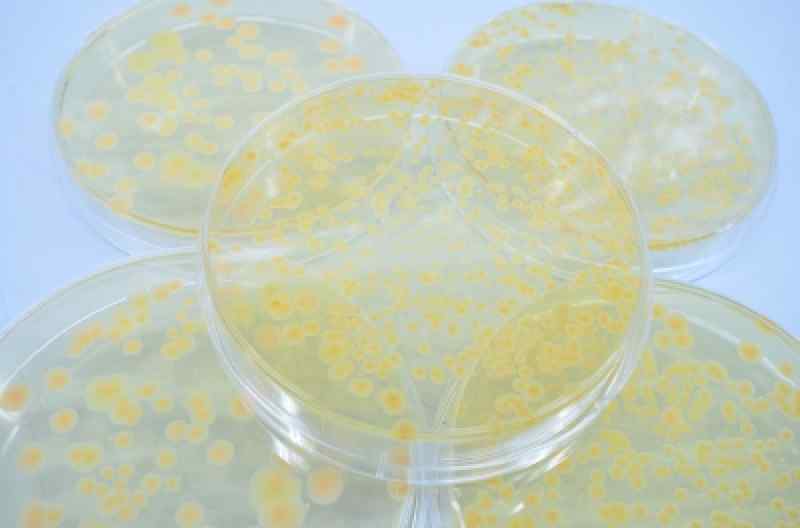Submitted by administrator on
A study has found that proteins in the eye can help keep pathogens at bay creating a way for new and inexpensive antimicrobial drugs.
The scientists from from University of California - Berkeley found that small fragments of keratin protein in our eye are playing a key role in warding off pathogens. Synthetic versions of these keratin fragments were also created to test against an array of nasty pathogens.
The synthetic molecules effectively killed bacteria that can lead to flesh-eating disease and strep throat (Streptococcus pyogenes), diarrhea (Escherichia coli), staph infections (Staphylococcus aureus) and cystic fibrosis lung infections (Pseudomonas aeruginosa). Fairly easy to manufacture, the keratin fragments make good candidates for low-cost therapeutics. The keratins in the study are already in the body, so we know that they are non- toxic, and biocompatible.
The problem with naturally occurring, small ,antimicrobial molecules identified in previous research is that they were either toxic or else easily inactivated by concentrations of salt normally found in our bodies.
The new small proteins in the study were derived from cytokeratin 6A, one of the filament proteins that connect to form a mesh throughout the cytoplasm of epithelial cells.
Cytokeratin 6A can be found in the epithelial cells of the human cornea as well as our skin, hair and nails. These are all areas of the body regularly exposed to microbes, so it makes sense that they would be part of our body's defense.
Cytokeratin 6A was discovererd in the scientists efforts to solve the mystery behind the eye's remarkable resilience to infection.
They noticed that the surface of the eye, unlike other surfaces of the body, does not have bacteria living on it, and that corneal tissue could helpfully wipe out a number of pathogens in lab culture experiments.

